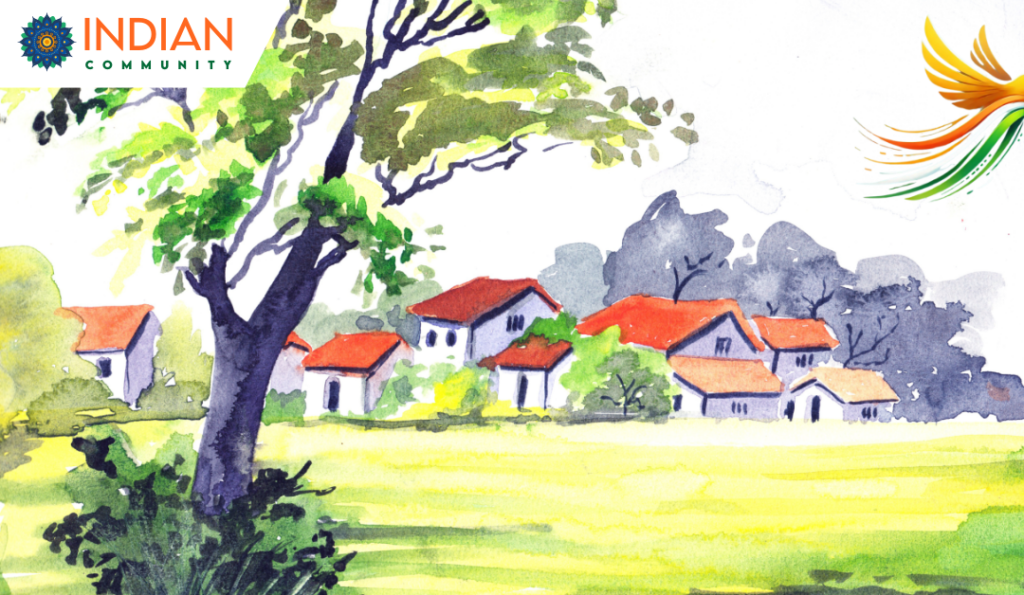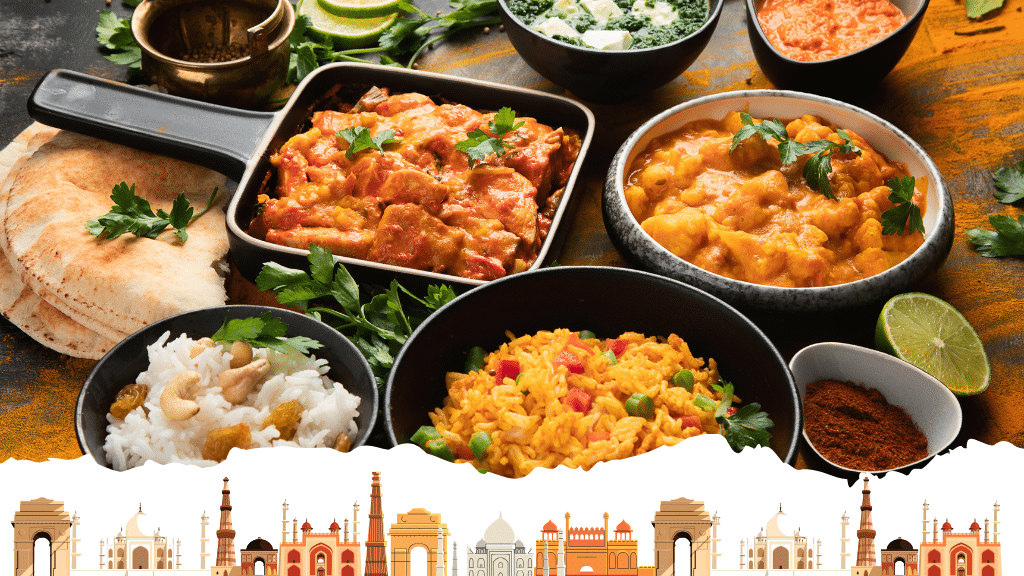The Forgotten Villages: What Our Roots Still Teach Us Today

In the fast pace of our modern world, it’s easy to forget the small villages that once formed the backbone of Indian society. These villages, rich in tradition, wisdom, and simplicity, are often seen as remnants of a past that we’ve left behind. Yet, if we look closer, there are lessons these forgotten places still hold—lessons that are not just relevant but essential for our survival in today’s complex world.
Village life wasn’t just about survival—it was about contentment.
In the past, life in the village moved at a slower pace. People lived close to nature, finding joy in the everyday rhythms of life. Cooking was an act of love and patience. Families gathered around wood-fired stoves, where meals were cooked slowly, savoring the process as much as the food. Today, channels like the Village Cooking Channel on YouTube have brought that rustic charm to millions of viewers. These simple cooking methods have become a source of nostalgia for many, showing that life’s most meaningful experiences often come from simplicity.
But as much as the past holds value, villages are not frozen in time. They, too, are evolving.
What Can Villages Teach Us About Life Today?
1. The Strength of Community In the village, people knew each other by name. They shared resources, supported each other during hardships, and celebrated each other’s joys. It was a way of life that thrived on community spirit—a far cry from the isolation many experience in cities today. Even as technology connects us, there’s something irreplaceable about human connection. Villages remind us that no matter how advanced society becomes, we still need the warmth of community to thrive.
2. The Contentment of a Simple Life The joy of village life wasn’t in wealth or material possessions—it was in the fulfillment that came from nature, family, and purpose. Cooking over an open fire, tending to animals, or working in the fields were not seen as chores, but as essential elements of life. The village teaches us that happiness doesn’t come from excess, but from finding purpose in what we have.
Today, many are rediscovering this through the rise of simple living trends like minimalism. But the truth is, this wisdom has existed in villages for centuries. As our cities grow larger and our lives more complicated, it’s worth asking: what can we learn from this way of life? How can we slow down, simplify, and find joy in the small things?
The Village: Essential for Our Future Survival
It’s easy to romanticize village life, but the truth is, it’s more than a nostalgic memory—it’s crucial for our future. Villages have always been the heart of agriculture, providing food for the entire country. As climate change accelerates, the wisdom held in these villages—their knowledge of the land, water conservation techniques, and sustainable practices—will be vital in ensuring food security and environmental balance.
In recent years, sustainable farming practices have gained traction, many of which are inspired by age-old methods used in villages. These are not just traditions—they are survival strategies for the future. From organic farming to using natural pesticides, villages are proving that they hold the key to creating a balance between human needs and the environment.
Villages as Career Destinations
Yet, despite this incredible importance, we’ve seen a mass exodus from villages to cities. The allure of city life—jobs, technology, and the promise of upward mobility—has drawn millions away from their roots. But is this migration sustainable?
For villages to thrive in the future, we must change the narrative. They shouldn’t be seen as places left behind but as hubs of opportunity. Initiatives like rural entrepreneurship, agritech, and digital education are already transforming villages. We need to create more awareness about the career opportunities that exist within these spaces. Imagine a future where technology and tradition meet, where young people choose to stay in their villages not out of necessity but because of the possibilities they offer.
By investing in rural infrastructure, education, and technology, we can create a new wave of innovation. The answer to India’s future lies not only in our cities but also in empowering our villages to be centers of growth and opportunity. After all, it is the villages that will play a pivotal role in maintaining the balance of our environment, our economy, and our heritage.
How Have Villages Evolved? Share Your Story
Were you raised in a village in India? How was it back then compared to what you see today? How have the villages evolved over time? I’d love to hear your personal stories and reflections. Share your experiences in the comments below, and let’s start a conversation about the changes you’ve witnessed—and what we can do to keep our villages thriving.
Collaborate with Us to Build a Global Community
At Indian.Community, we are committed to not just remembering our roots, but actively nurturing them. Just as villages have thrived on collaboration, we are building a global platform that connects Indians worldwide, offering a space where heritage meets modern opportunities. Whether you’re an entrepreneur, a professional, or simply someone looking to reconnect with your roots, Indian.Community is your platform to grow and thrive together.
Join us as we blend tradition with innovation, and let’s create a future where both our cities and villages flourish.








Responses